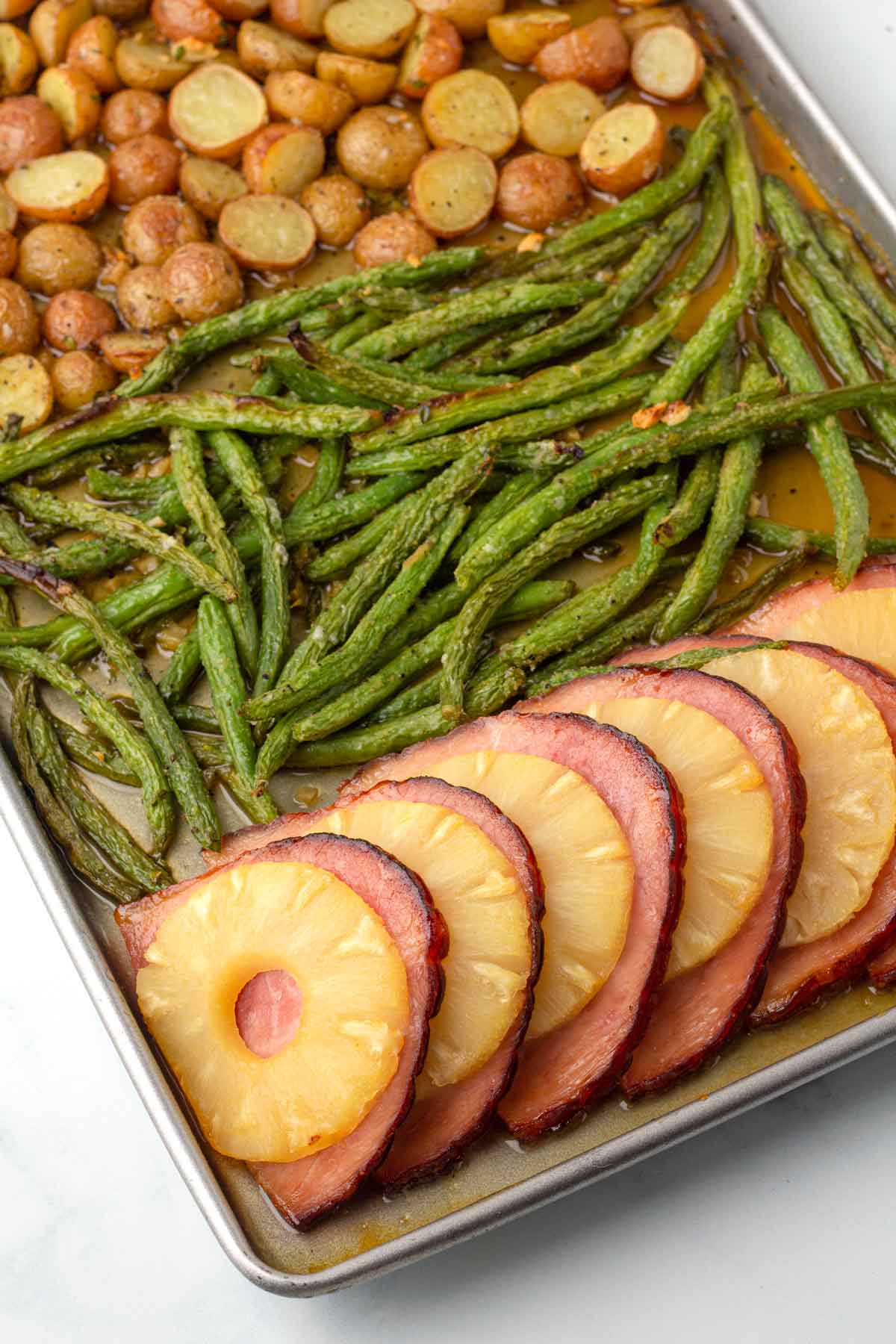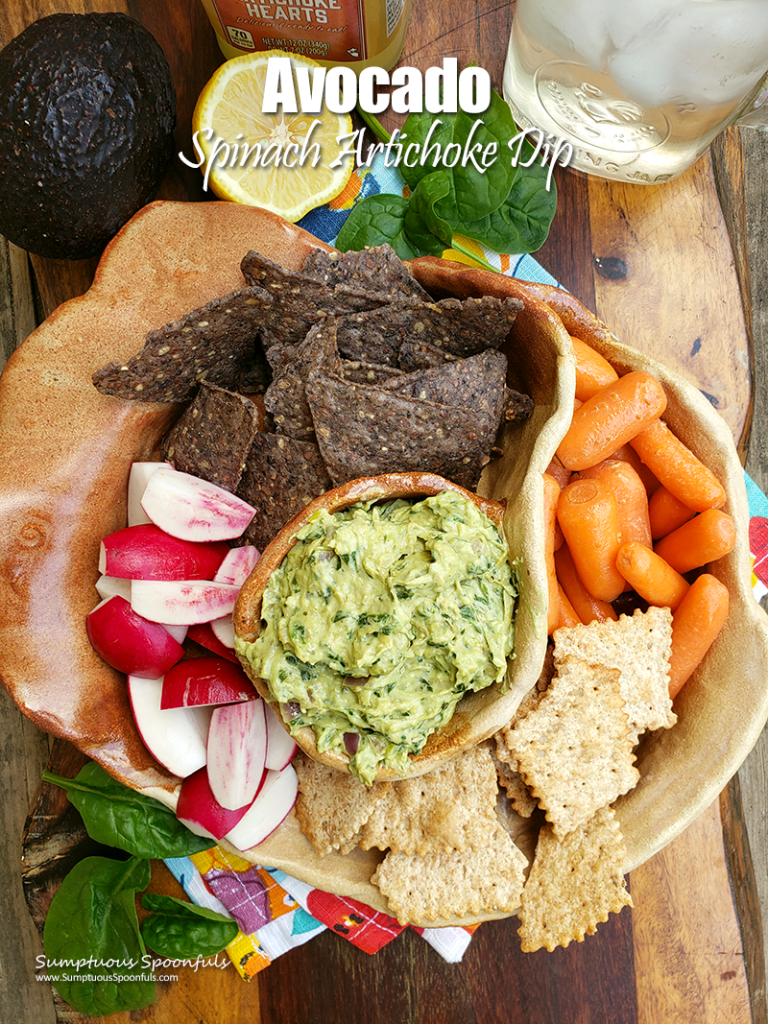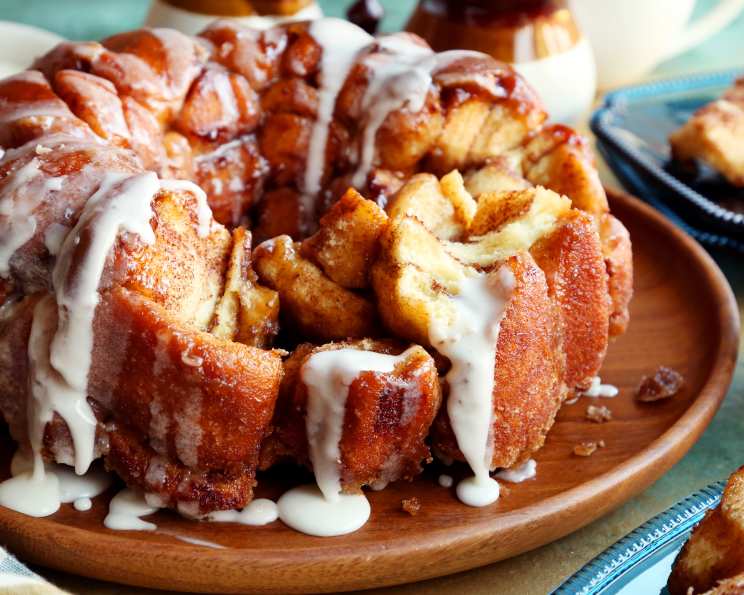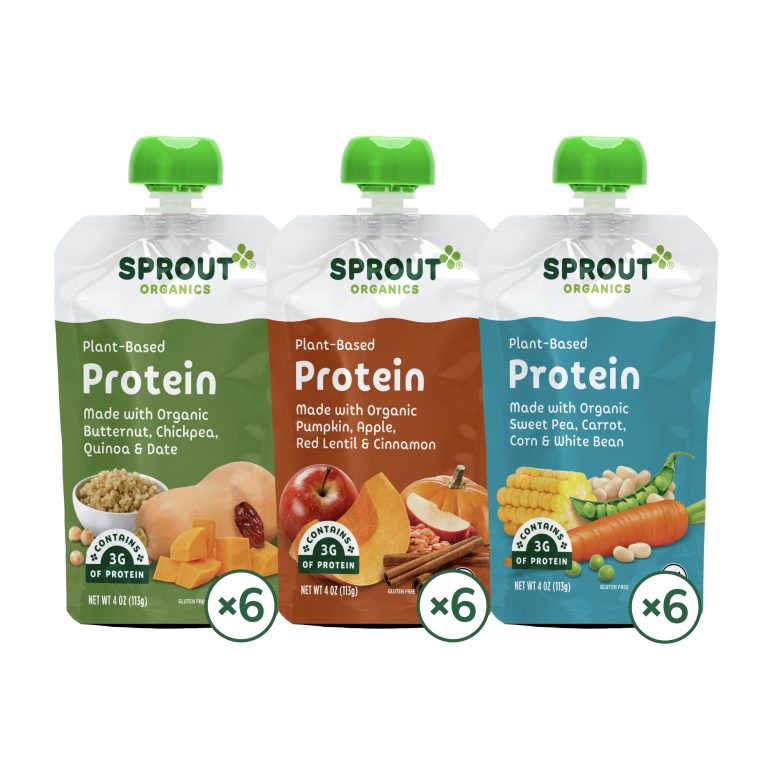Ham and Pineapple Dinner: Nutritional Tips and Recipe Variations
The ham and pineapple combination traces its roots back to Hawaiian cuisine in the mid-20th century. This pairing gained popularity when Don the Beachcomber, a tiki bar in Los Angeles, started featuring it. The sweet and savory flavor profile became a hit due to the contrasting but complementary tastes of salty ham and sweet pineapple. Pineapple, often used in maritime provisions due to its preservative qualities, naturally paired with cured meats like ham.
Cultural Reception and Variations
Ham and pineapple dinner has enjoyed widespread approval across various cultures. In the United States, it frequently appears in homes during holidays and casual dinners. In Australia, “Hawaiian pizza,” featuring these ingredients, represents another popular variant. Different regions introduce their unique twists, such as adding spices, other fruits, or even using the combination in salads and kebabs.
This dish’s versatility extends to its preparation methods. Grilling highlights the pineapple’s caramelization and the ham’s smokiness, while baking enhances the cohesive melding of flavors. This adaptability contributes to its enduring appeal, making ham and pineapple dinner a favorite for many.
Key Ingredients for Ham and Pineapple Dinner
Selecting the Right Ham
Choosing the right ham is crucial for balancing flavors in a ham and pineapple dinner. Opt for a fully cooked, smoked bone-in ham; the smoke enhances the overall taste. A bone-in ham offers superior texture and flavor. Spiral-cut hams work well too, as they are easier to slice and serve. Always check labels for minimal additives to ensure that the natural taste of ham shines through.
Choosing the Best Pineapples
Selecting the best pineapples elevates the dish by enhancing its sweet elements. Fresh pineapples work best for their natural sweetness and texture. To select a ripe pineapple, look for one with a firm and plump exterior, golden color, and a sweet odor at the base. If fresh isn’t available, canned pineapple slices in natural juice are a suitable alternative. Avoid varieties packed in syrup to maintain a balanced sweetness.
Preparing Ham and Pineapple Dinner
Cooking Techniques for Ham
Choosing the right technique for cooking ham is essential for a delicious meal. Several methods can produce a savory and tender ham:
- Grilling: Grill the ham over medium heat, turning frequently. Grilling imparts a smoky flavor, enhancing the ham’s natural taste. Keep an eye on the heat level to prevent overcooking.
- Baking: Place the ham in a preheated oven at 325°F. Bake for about 18-20 minutes per pound, basting occasionally with a glaze to keep it moist and flavorful.
- Slow cooking: Use a slow cooker for a hands-free approach. Cook on low for 6-8 hours or until the ham reaches an internal temperature of 140°F.
- Broiling: Broil ham slices for a quick preparation method. Broil for 3-4 minutes on each side, turning once, until the ham is slightly crispy.
Adding Pineapple to the Dish
Integrating pineapple into the ham dish enhances its taste. Here are some effective methods:
- Topping: Place pineapple rings or chunks on the ham during the last 30 minutes of cooking. This allows the juices to meld with the ham.
- Glazing: Create a pineapple glaze using pineapple juice, brown sugar, and mustard. Brush this mixture over the ham during cooking for a sweet, tangy flavor.
- Stuffing: For a more complex flavor profile, stuff the ham with pineapple chunks before cooking. This infuses the ham with pineapple’s sweetness.
- Serving: Add fresh pineapple slices as a side. This complements the richness of the ham with a burst of flavor.
Utilizing these techniques ensures that your ham and pineapple dinner is not only delicious but also well-balanced.
Serving and Presentation Tips
Side Dishes That Complement the Meal
Select side dishes that balance the sweet and savory flavors of ham and pineapple. Consider serving a light, crisp salad with a tangy vinaigrette to cut through the richness. Roasted or steamed vegetables like asparagus, green beans, or broccoli offer a fresh and nutritious pairing. For a starchy option, choose garlic mashed potatoes or a wild rice pilaf; these dishes complement the ham’s robust taste without overwhelming the palate. Incorporate fresh fruit salad with citrus and berries to add a refreshing finish.
Creative Serving Ideas
Elevate your ham and pineapple dinner with creative presentation techniques. Serve the ham sliced and neatly fanned out on a platter, garnished with pineapple rings or chunks. Add a drizzle of pineapple glaze to enhance visual appeal and flavor. Use hollowed pineapple halves as unique serving bowls for side dishes or stuffing, creating an eye-catching table centerpiece. Arrange complementary side dishes around the main platter, using vibrant vegetables and herbs to add color and variety. Consider using a wooden board to present the meal for a rustic, inviting look.
Health Benefits and Dietary Considerations
Nutritional Breakdown of the Ingredients
Ham and pineapple offer a mix of nutrients that provide key health benefits. Ham, especially lean cuts, is rich in protein, providing about 18 grams per 100 grams. It also includes B vitamins like B6 and B12, which support energy metabolism. However, ham can be high in sodium and saturated fats, so moderation is recommended.
Pineapple, on the other hand, is a low-calorie fruit high in vitamin C, aiding your immune system and skin health. One cup of pineapple chunks has approximately 82 calories and offers 131% of the daily value for vitamin C. It’s also rich in manganese, supporting bone health and metabolic functions.
Combining these ingredients balances protein and essential vitamins, enhancing your meal’s nutritional profile.
Adapting the Recipe for Dietary Restrictions
For those with dietary restrictions, modifying a ham and pineapple dinner is straightforward. To reduce sodium intake, opt for low-sodium ham or substitute with leaner proteins like chicken breast. For a lower-fat option, choose lean or extra-lean cuts of ham.
For vegetarian or vegan alternatives, replace ham with plant-based protein like tofu or tempeh. Baking marinated tofu with pineapple can provide a similar texture and taste.
If you require gluten-free options, ensure all sauces and seasonings are certified gluten-free. Many store-bought glazes contain gluten, so making your own glaze from gluten-free ingredients is advisable.
For people with diabetes or monitoring carbohydrate intake, serving the dish with low-carb sides like steamed vegetables can help maintain balanced blood sugar levels.
By adapting these considerations, a ham and pineapple dinner can cater to diverse dietary needs while retaining its appealing flavors.
Conclusion
Creating a ham and pineapple dinner offers not just a delightful culinary experience but also a nutritious one. By understanding the health benefits and making mindful adjustments, you can cater to various dietary needs without sacrificing flavor. Whether you’re looking to reduce sodium, explore vegetarian options, or manage your carb intake, there are plenty of ways to enjoy this classic combination. Enjoy your meal with confidence knowing it’s both delicious and nutritious.






